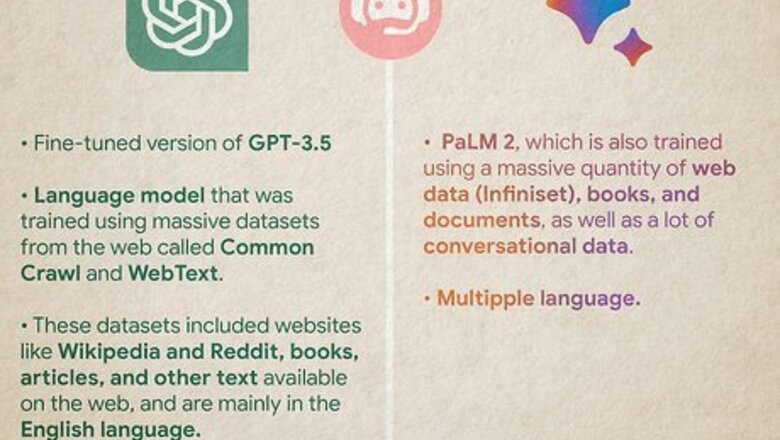
views
- ChatGPT is better at generating text, while Bard makes a better research assistant.
- Bard is connected to the internet and has full access to Google. If you want ChatGPT to search the web, you'll need to pay.
- Both AI chatbots can provide accurate answers, but ChatGPT's knowledge cuts off at 2021.
Key Differences
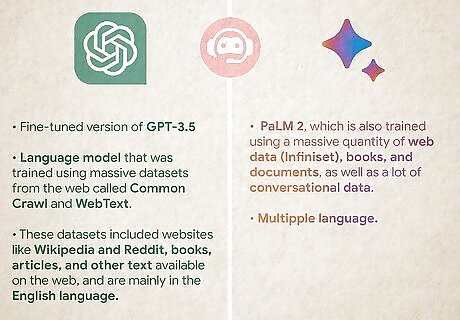
ChatGPT and Google Bard use different language models. ChatGPT uses a fine-tuned version of GPT-3.5 (or GPT-4 for ChatGPT Plus subscribers), a language model that was trained using massive datasets from the web called Common Crawl and WebText. These datasets included websites like Wikipedia and Reddit, as well as books, articles, and other text available on the web, and are mainly in the English language. Google Bard uses PaLM 2, which is also trained using a massive quantity of web data (Infiniset), books, and documents, as well as a lot of conversational data. Unlike GPT-3.5, PaLM 2 was trained using data in multiple languages.
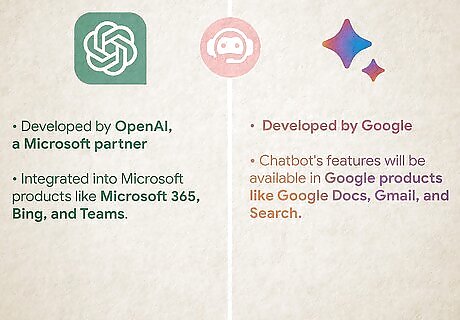
The chatbots have different developers. ChatGPT was developed by OpenAI, a Microsoft partner. Because of Microsoft's investment and involvement, ChatGPT will be integrated into Microsoft products like Microsoft 365, Bing, and Teams. Bard was developed by Google, which means the AI chatbot's features will be available in Google products like Google Docs, Gmail, and Search.

Google Bard is free, but ChatGPT has a paid tier. ChatGPT has both free and paid products. If you want access to the latest version of OpenAI's GPT language model (GPT-4), you can pay $20/month to use ChatGPT Plus. A paid subscription also gives you access to plugins that integrate with the web, faster response times, and access to the chatbot during busier times. Bard is entirely free. You will not need to pay to use its latest features.
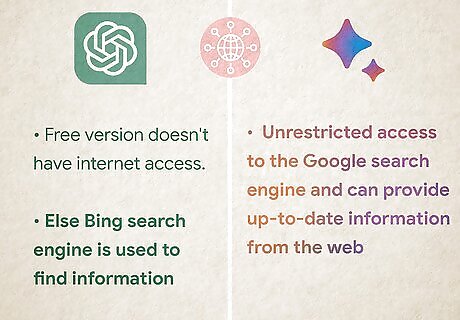
Only Google Bard is connected to the internet. ChatGPT's training data cuts off at 2021, and the free version doesn't have internet access. If you're willing to pay for ChatGPT Plus, you can install plugins that allow ChatGPT to use Microsoft's Bing search engine to find up-to-date information. Bard has unrestricted access to the Google search engine and can provide up-to-date information from the web.
Which is better?

Accuracy. There is no clear winner here. Bard is more accurate for timely information, but both chatbots have accuracy problems. While ChatGPT and Bard often provide accurate answers, both models tend to hallucinate facts—you'll need to double-check each chatbot's answers before taking them as the absolute truth. ChatGPT Plus's GPT-4 language model is more accurate than GPT-3.5, which is used by the free version of ChatGPT. Bard's PaLM 2 model is more similar to the paid version of ChatGPT regarding accuracy, and it's free. Because PaLM 2 was found to be superior to GPT-4 when it comes to reasoning, math, and language translation, you'll likely get better answers to research questions with Bard. Instead, use each chatbot for different purposes: If you're doing research, go with Bard. Each time Bard provides you with a response to your prompt, you'll see a "Google It" link below your answer. You can use this link to double-check Bard's answer, find citations, and get more information about the topic. Bard is also capable of providing its own citations, though it doesn't consistently deliver if you don't ask. When you need accuracy in text and data processing or content generation, opt for ChatGPT. ChatGPT excels when working with existing text and writing new text. This is especially true if you use ChatGPT Plus or GPT-4 through the ChatGPT API.
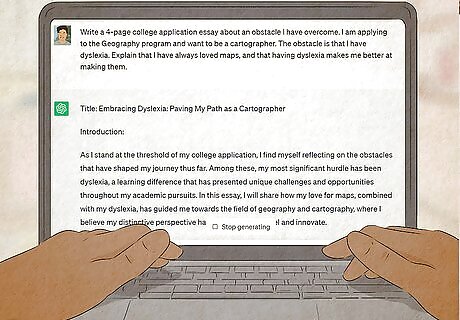
Generating text. ChatGPT is a better writer than Bard, but both are pretty good. No matter which model you choose, you can write essays, blog posts, documentation, cover letters, and just about anything else without any grammatical issues. While Bard is designed to be a better conversationalist and generates text based on reasoning, ChatGPT writes based on statistical data. You'll get better long-form text from ChatGPT and more concise answers from Bard, but ChatGPT reigns supreme when it comes to writing and outlining essays and other long-form content.
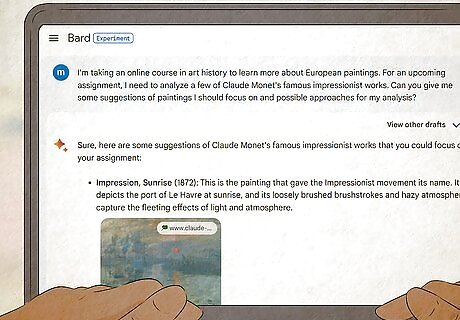
User experience. Bard surpasses ChatGPT when it comes to ease of use. This is not only due to the friendliness and layout of Bard's interface, but also the fact that the chatbot supplies multiple "draft" answers that you can view in addition to its primary responses. Just click View other drafts at the top-right corner of your response from Bard to see alternate answers and generated text. Bard's "Google It" button also makes it easy to take your research out of the chatbot and into a search engine, which is great if you want to find legitimate sources to cite. You'll also see a Share button at the bottom of each response, which you can use to save Bard's replies to a Google Doc or generate a new Gmail message.

Coding. Most developers find ChatGPT to be a better programming assistant. Both bots are generally good at debugging existing code, but if you want to write code, you'll have better luck with ChatGPT over Bard. While Bard's PaLM 2 upgrade made it a lot better at working with programming languages, it tends to make more mistakes than ChatGPT. If you use ChatGPT Plus, you can also install plugins to integrate your code with other products.




















Comments
0 comment